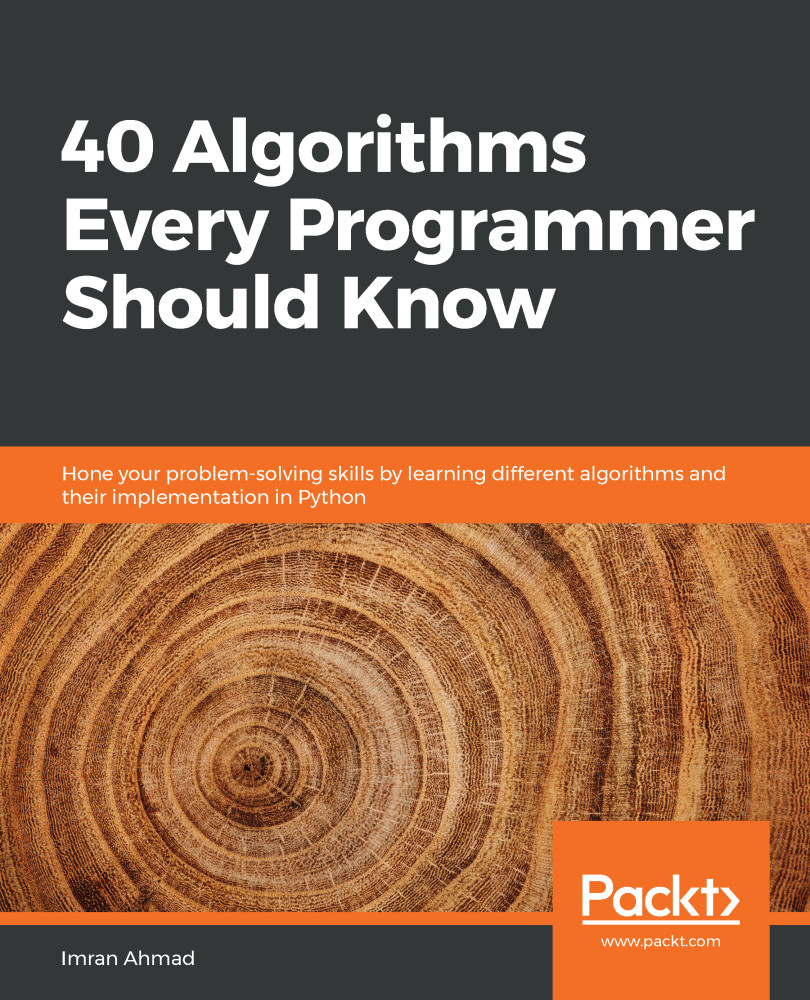This chapter introduces algorithms for natural language processing (NLP). This chapter proceeds from the theoretical to the practical in a progressive manner. It will first introduce the fundamentals of NLP, followed by the basic algorithms. Then, it will look at one of the most popular neural networks that is widely used to design and implement solutions for important use cases for textual data. We will then look at the limitations of NLP before finally learning how we can use NLP to train a machine learning model that can predict the polarity of movie reviews.
This chapter will consist of the following sections:
Introducing NLP
Bag-of-words-based (BoW-based) NLP
Introduction to word embedding
Use of recurrent neural networks for NLP
Using NLP for sentiment analysis
Case study: movie review sentiment analysis
By the end...



